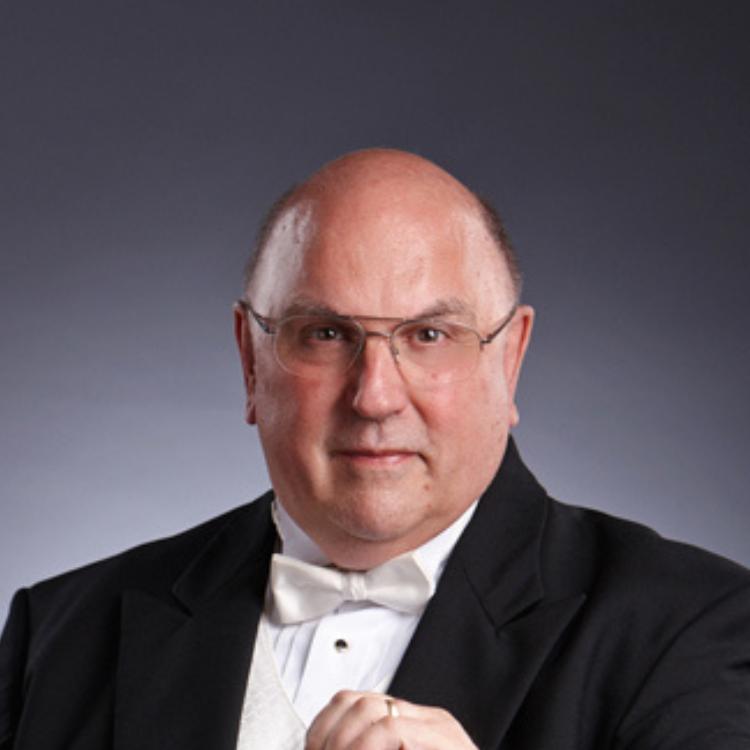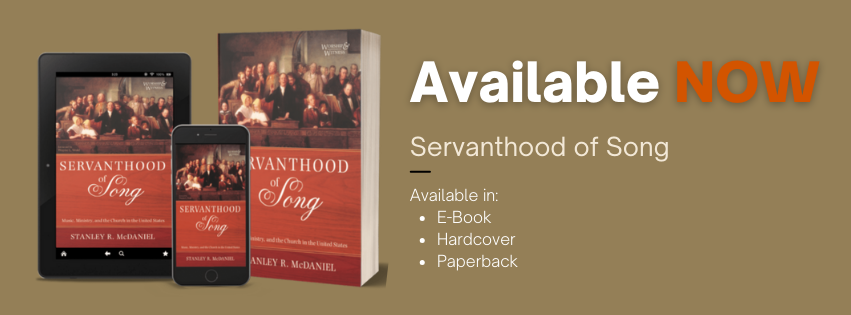Your cart is currently empty!

No. 11 – Song Leading: An Undervalued Art in Traditional Worship
Looking back, in the early years of my career in mainline Protestant church music, it seemed like there was almost an obsession with appearances. Concern over how things looked seemed to me to be taking precedence over the core mission – to facilitate active, fully engaged worship by the congregation. I have witnessed battles over whether women should be allowed to wear earrings in worship, or whether men should be prohibited from coming to church in white socks and tennis shoes. One church’s building committee resigned over the issue of providing a vanity rail to shield women’s knees from view. And how many interminable debates were there over choir robes? Countless. The list of things we have argued about regarding music in worship over the years seems endless. What a waste when our priority should always have been how best to witness musically to those in the pews.
Anyone active in music ministry knows that such provincial attitudes are disappearing. Change is occurring – some of it good; some, not so much – but thank God for it. One place where a change in attitudes is evident is in the area song leading. I can remember being sternly warned against facing the congregation during the singing of hymns. To face them and simply motion them to stand was verboten – it was essential I was told not to do anything which might give the appearance of “conducting”. How things have changed. Today, Roman Catholic cantors commonly lead the singing of worship songs during the celebration of Mass in addition to chanting. In Protestant denominations, one will often hear hymns led by a soloist with the help of amplification. My perception is that the reluctance to embrace song leading stemmed from that old bugaboo -– appearances: to avoid at all costs anything that might cause us to be identified as evangelicals. Hopefully, we have grown out of that and can recognize that the evangelical church and our American tradition of revivalism has greatly expanded our view of what musical leadership in worship can be.
When we talk about group singing in the folk tradition in any society, we are likely to encounter “call and response” leadership. It’s one of the oldest, most efficient teaching methods to get people singing. In the classic form, the songleader sings a phrase, the group sings it back; repeat the process until the entire song is learned. The process is most effective with short, easily learned and memorable melodies. As the group becomes more confident with what they have learned, it becomes possible for the songleader to add improvised interjections. In the first great camp meetings at Cane Ridge and Muddy River, this type of singing was undoubtably used. The song leaders were probably also spirit-filled lay preachers. African-Americans and Whites used the same techniques. The critical component was the song leader.
Page forward to the Great Urban Revival of the 1870s. Cultivated and elite churches had long struggled with role of music in worship, but there was no such ambivalence among revivalist worshippers. Veterans returning from the carnage of the Civil War found evangelistic hymnody sung in regimental worship, around the campfire, and in the trenches helped them survive the horror of it all. Singing was a source of hope amid the most horrific circumstances. Invariably, song leaders made the singing possible among diverse groups of troops. It was because of this that Dwight L. Moody, himself having served as a missionary on Civil War fields of battle, saw group singing with a talented song leader as absolutely essential to his revivals. He took the extraordinary step of choosing Ira David Sankey as his equal in leadership, and that is why, to this day, we refer to the “Moody/Sankey Crusades”. A favorite gospel hymn format was strophic text with a simple repeating chorus, easily picked up by a large, diverse audience with a single hearing. The songleader, functioning as a soloist, would often sing the verses with the audience joining in on the chorus. The similarity to “call and response” is unavoidable. Yes, the songleader had to have the charisma necessary to draw a vast and diverse audience into singing, but it was not performance in the sense of “showing off”. It was ministry. Evangelist/songleader teams, modeled after the Moody/Sankey partnership became the standard for American revivalism: Preachers J. Wilbur Chapman and Reuben Torrey with the musician,Charles M. Alexander; D. W. Whittle with Philip P. Bliss; Billy Sunday with Homer Rodeheaver; extending all the way to Billy Graham whose musical partners were George Beverly Shea and Cliff Barrows. What I want to emphasize here is that each of these preachers, while famous in their own right, saw musical leadership as essential to their calling – so essential in fact that the status of songleader was elevated to that of a near equal.
So what does all of that have to do with leadership of congregational singing in traditional mainline churches? If you have read previous entries in “Music Ministry Matters”, you perhaps have intuited the importance I place on congregational singing in worship. Hats off to the Quakers who often worship in silence, but for most us, full participation in congregational singing is one of the best indicators of health in a church’s worship life. I am sure many of you have been spiritually moved by the experience of not just hearing, but actually participating in great congregational singing.
I will share just one such anecdote from my own past: It was the early 1980s, and I was called to organize the music for the consecration of L. Scott Allen as the first Black bishop of the Western North Carolina Conference of the United Methodist Church. It was an emotionally charged meeting, and concern about violent protest was not far from any of our minds. When Bishop Allen stepped forward to preach, there was absolute silence among the hundreds of clergy and laypeople present. I will never forget Bishop Allen taking a moment to gaze at the crowd arrayed before him. And then, . . .he began to sing, “What a fellowship, what a joy divine, leaning on the everlasting arms”. Suddenly all tension dissipated and a thousand voices joined in singing. The Holy Spirit in a flash transformed the gathering. A number of forces were at work that day. There was of course the need for spiritual release and the joy of regained fellowship between believers. There was also the song itself, well-known and well-loved by most present. But I cannot imagine anything comparable happening without Bishop Allen – his courage, his passion, his faith.
The revivalists and contemporary Christian evangelicals have shown us the effectiveness of using of using short, tuneful, easily learned and remembered worship choruses. They have also demonstrated the utility of songs with repeating choruses. A memorable refrain can get everyone singing right away with the words of the stanzas coming later. What I want to emphasize here, however, is the critical importance of song leading. Whatever one may think theologically about revivalism or contemporary Christian worship, one must acknowledge its incredible success in engendering congregational singing. That success was not simply because of the type of music, the rhythmic beat, or beguiling melodies. None of it would have succeeded had there not been strong, impassioned leadership from a Sankey, a Rodeheaver, a Barrows, a Chris Tomlin, a Kari Jobe, or in this case, a Bishop Allen.
So how does this apply to the traditional church and the congregational singing of hymns? First, let me say unequivocally that the treasure of great hymnody must be preserved, and the only way it can be is if congregations claim it as their own. The hymnody of the church includes some of the most powerful statements of faith, devotion, and prophetic courage ever put to pen. Worship choruses and gospel songs have their place – I believe that, but to cast the hymnody of the church in the dust bin would be an irretrievable loss. It does not have to happen! With planning, teaching, and zealous advocacy, one congregation at a time, we can restore hymn singing as the powerful vehicle for the Holy Spirit it was meant to be.
Thankfully, as I noted earlier, there has been a growing openness to song leading in traditional worship, but more needs to be done. One of things we should have learned from the church growth movement of the 1980s and 90s is that for the church – any church – to grow and thrive, we must reach out to the “unchurched.” Christianity is not some sort of primitive “mystery religion,” but for visitors it may seem like one. We must stop taking for granted that everyone knows and understands our liturgical practices. The same goes for hymnody. We need to adopt an intentional plan to teach hymns in an informal setting, to share information about origins and theology, sometimes to simply read the hymn text as poetry, and –above all– to make it an enjoyable experience. That should be the most critical function of the song leader!
Best wishes and Peace,
Stan McDaniel



Leave a Reply